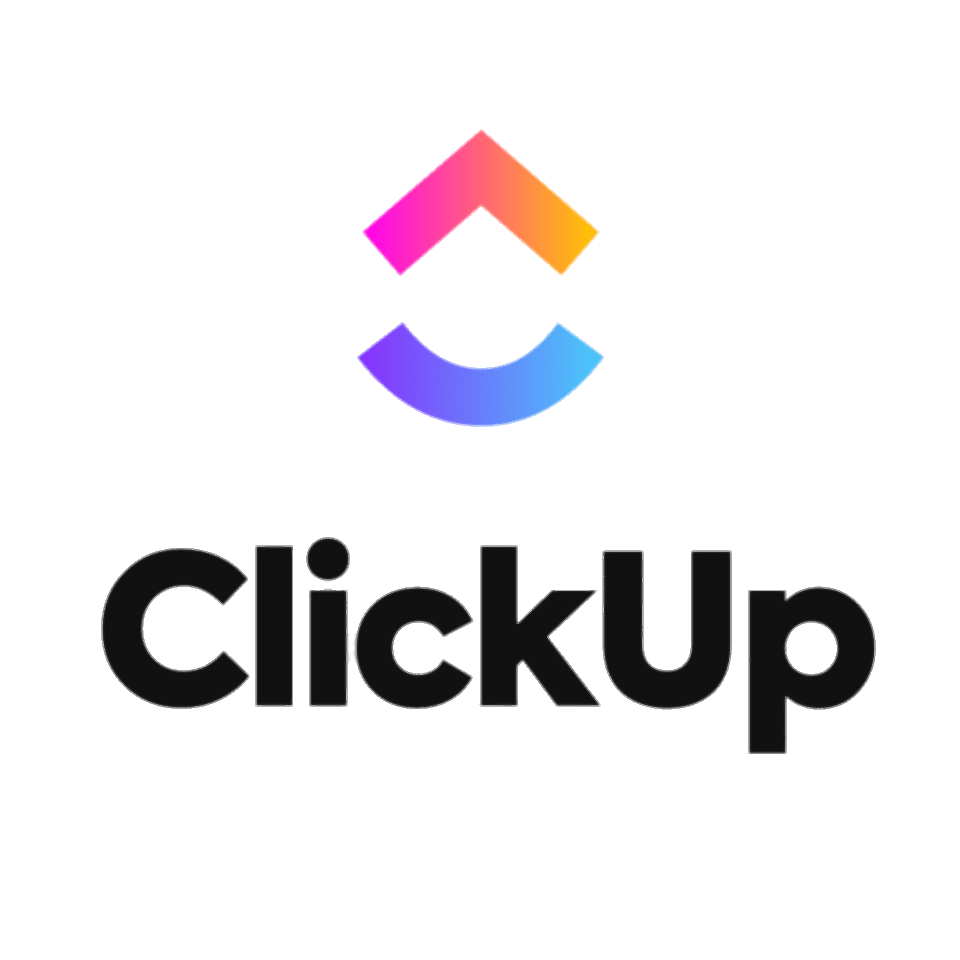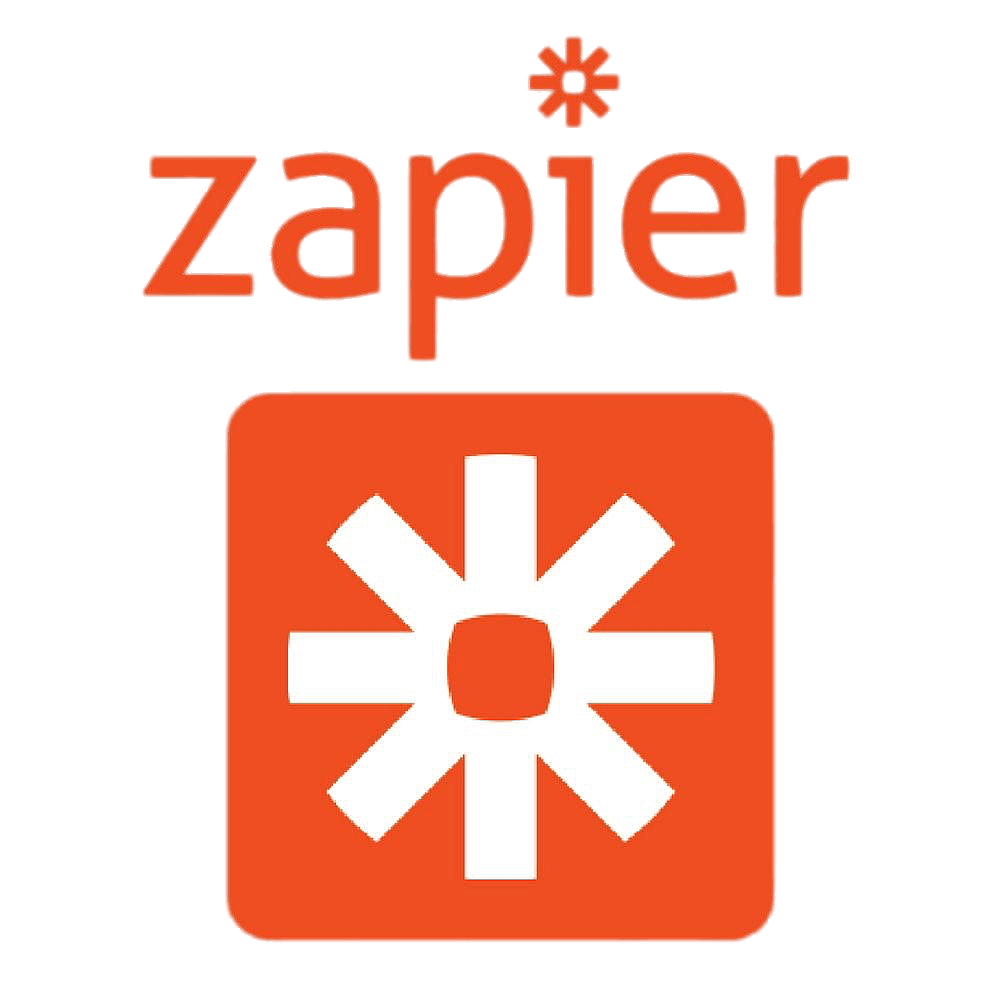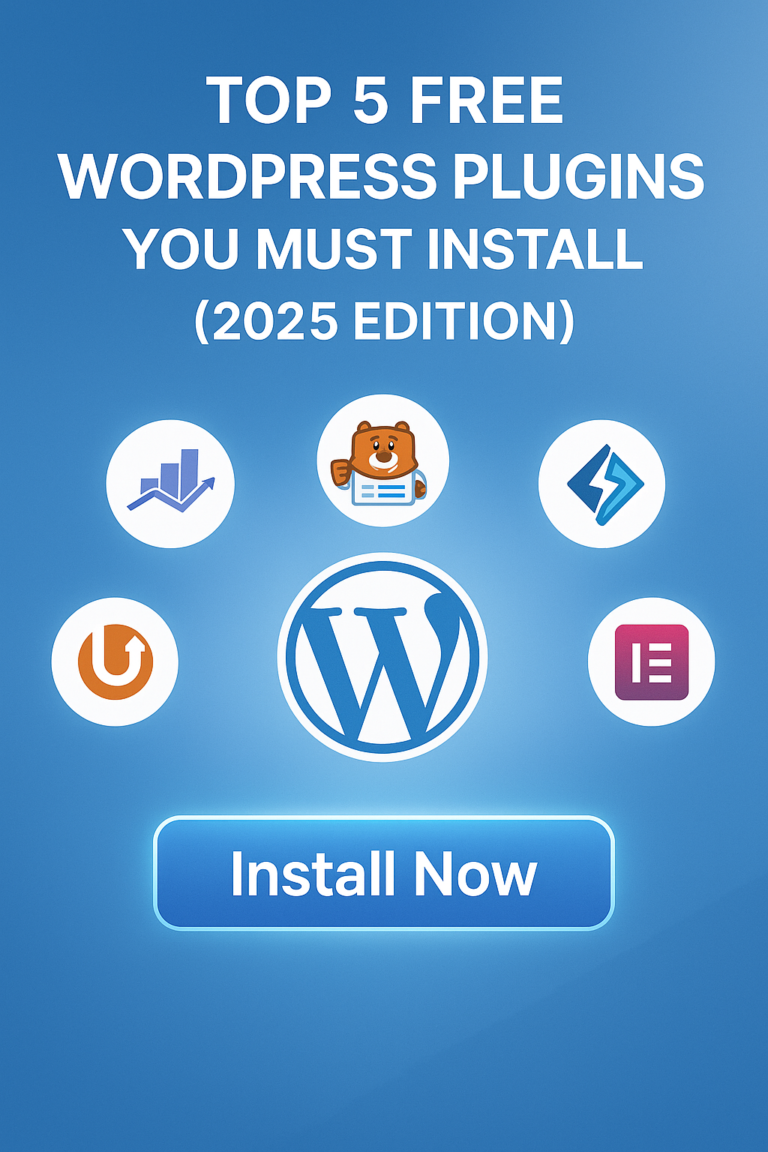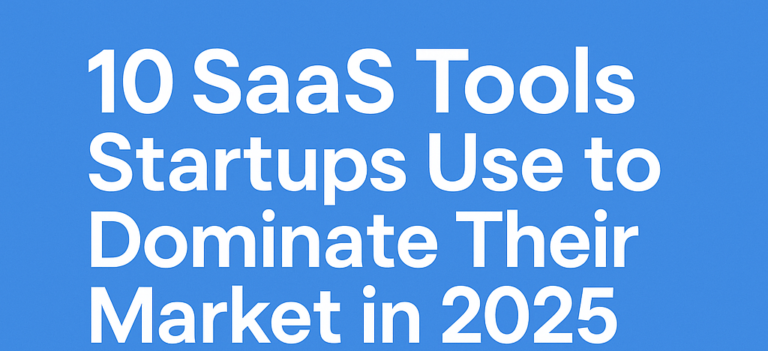10 Best Productivity Tools You Should Be Using in 2025
Staying productive in 2025 requires more than discipline. It requires the right tools. With remote work, digital collaboration, and AI becoming the norm, using the right productivity tools can transform how you work and help you achieve more in less time.
In this article, we will explore the 10 best productivity tools you should be using in 2025, including AI-powered assistants, time trackers, and project management platforms. Whether you’re a solopreneur, a startup team, or a remote worker, these tools will help you boost efficiency and reduce stress.
Table of Contents
- Notion
- ClickUp
- Trello
- Slack
- GrammarlyGO
- Clockify
- Chatgpt (Pro)
- Zapier
- Google Workspace
- Loom
1. Notion

What is Notion?
Notion is an all-in-one productivity workspace that combines note-taking, project management, knowledge base, and collaboration in one platform.
Why Use It in 2025?
- AI-powered note summaries and task suggestions
- Integrations with Slack, Google Calendar, GitHub, and more
- Easy team collaboration with customizable templates
Use Cases
- Create a second brain for your personal life and work
- Manage content calendars and SOPS
- Share wikis or onboarding docs with your team

2. ClickUp

What is ClickUp?
ClickUp is a versatile project management tool that replaces multiple apps like Trello, Asana, and Jira.
Top Features
- Time tracking
- Goal tracking with KPIs
- Docs, tasks, and dashboards all in one place
- AI writing assistant for task descriptions
Benefits for 2025
- Works well for both agile teams and freelancers
- Customizable dashboards and automation

3. Trello

Why Trello Still Works in 2025
Trello remains popular for visual task management using the Kanban method. It’s easy to use and ideal for simple workflows.
What’s New in 2025?
- Advanced checklists
- AI-powered card suggestions
- Better mobile support for on-the-go productivity
Ideal For
- Individuals managing to-do lists
- Small teams tracking simple workflows
- Content calendars, sprint planning, and more


4. Slack

Why Slack Is a Must-Have
Slack is not just a messaging app anymore. It’s a complete team communication hub with AI, automation, and integrations.
Top Features
- Channels for departments, projects, and updates
- Slack AI that summarizes threads and generates replies
- Integration with Zoom, Asana, Google Drive, and more
Use It For
- Real-time remote communication
- Sharing updates and documents
- Automating daily stand-ups and reminders

5. Grammarly

What Is Grammarly?
Grammarly is more than a spell checker — it’s an AI writing assistant that helps you craft clear, effective content across apps.
2025 Updates
- Tone adjustment based on the recipient
- AI-rewritten emails and documents
- Faster Chrome extension with Notion and Gmail integration
Best For
- Writing emails, reports, and social media posts
- Avoiding grammar mistakes and tone mismatches
- Saving time on written communication

6. Clockify

Why Time Tracking Still Matters
Clockify is a simple yet powerful time tracking tool for freelancers, teams, and businesses.
Key Features
- One-click timers
- Weekly reports and dashboards
- Project-based tracking for multiple clients
- Billable hours and invoices
Why Use It in 2025?
With remote work and flexible hours, Clockify helps you understand where your time goes and improve it.

7. ChatGPT (Pro)

What’s ChatGPT Pro?
The Pro version of ChatGPT gives access to GPT-4, advanced tools like code interpreter, and custom GPTs.
Productivity Use Cases
- Automating tasks (email drafts, summaries, idea generation)
- Writing blog posts, newsletters, and reports
- Creating SEO outlines or social media calendars
Why It Matters in 2025
AI is now an essential part of productivity. ChatGPT Pro gives you superpowers if used wisely.

8. Zapier

Automate Everything
Zapier connects your apps so you can create automation workflows without coding.
Example Automations
- Save Gmail attachments to Google Drive
- Auto-publish new blog posts to Twitter and Facebook
- Add new leads to CRM from Google Forms
New in 2025
- AI flow builder
- Auto error-fixing in Zaps
- Integration with 6000+ apps

9. Google Workspace

The All-in-One Suite
Google Workspace (Gmail, Docs, Drive, Calendar) is still a foundation for productivity in 2025.
What’s New?
- Google Duet AI suggestions inside Docs, Sheets, and Gmail
- Smart Compose + Smart Fill
- Voice typing and AI summaries in meetings
Why It Works
If you use Gmail and Google Drive, this suite is seamless for collaboration and storage.

10. Loom

What Is Loom?
Loom is a video messaging tool for asynchronous communication. Record your screen and voice to explain anything fast.
Top Use Cases
- Giving feedback on documents or designs
- Onboarding new team members
- Creating training videos
2025 Features
- AI-generated video summaries
- HD recording on mobile
- Clickable call-to-action buttons


Final Thoughts: Maximizing Your Productivity in 2025
As we move further into 2025, the landscape of productivity tools continues to evolve, driven by advancements in AI, automation, and seamless integration. The key to staying ahead is not just about adopting new tools but integrating them strategically into your workflow.
While each tool listed in this article offers unique benefits, the true productivity boost comes from combining them in a way that suits your personal or team needs. For example, pairing Notion with ClickUp can streamline project management and documentation, while integrating Slack with Zapier can automate team communications and updates. The goal is to create a productivity ecosystem where each tool complements the other.
Start Small and Scale Up
Rather than overwhelming yourself with all 10 tools at once, start with a few that address your most significant productivity challenges. Whether it’s organizing your tasks with Trello or improving communication with Slack, mastering one tool at a time can help you build sustainable habits. Once you feel comfortable, gradually incorporate more tools to enhance your productivity stack.
Customization and Automation Are Key
One of the most significant trends in 2025 is the growing importance of customization and automation. Tools like ClickUp, Zapier, and GrammarlyGO allow you to tailor your workflows and automate repetitive tasks, saving you time and reducing manual effort. The more you can customize your tools to fit your unique workflow, the more efficient you will be.
Don’t Forget About Collaboration
In a world where remote work is becoming the norm, collaboration tools like Google Workspace and Loom are invaluable. They help bridge communication gaps, making it easy to share updates, give feedback, and maintain transparency across teams. Choosing tools that integrate seamlessly with each other can eliminate friction and foster a more connected work environment.
Keeping Up with Updates
Technology is constantly evolving, and the productivity tools of today may look very different by the end of the year. Stay updated on new features and integrations, and be open to experimenting with emerging tools. By being adaptable, you ensure that your productivity strategy remains relevant and effective.
The Power of Personalization
Your productivity is personal. No single tool works for everyone, so it’s essential to choose solutions that resonate with your style and goals. By crafting a tailored productivity system and continuously optimizing it, you’ll be well-prepared to tackle the challenges of 2025 with confidence.




